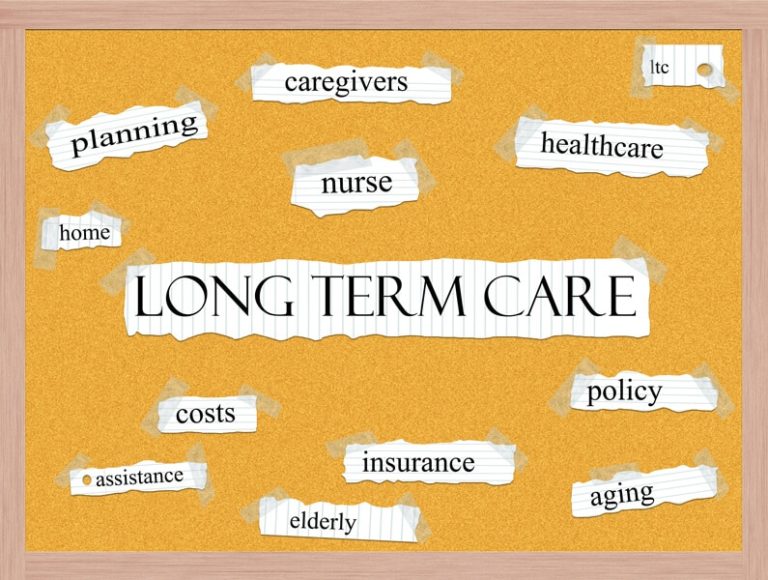Caregiving can be a rewarding experience for some, as they look after their loved ones and friends. But for many, it can also be difficult, financially and personally. According to AARP, (1) about 48 million individuals provide unpaid care to an adult family member or friend in the United States. Whether it’s caring for an older parent who needs more help or a partner with a chronic condition, caregiving can be more expensive than you might think. On average, AARP reports that family caregivers spend 26% of their income on caregiving activities, spending around $7,242 annually out of pocket.
In AARP’s survey, about half of caregivers reported using their own money for household expenses related to caregiving. This ranged from 30% for covering rent or mortgage payments, to 21% for financing home modifications, to 17% for medical costs. Only 5% of caregivers have reported no expenses in the past year with their loved ones, showing a growing trend of caregivers paying for the majority of costs out of pocket. Over the years, these sacrifices add up, with caregivers spending $10,525 due to financial and work issues (2). With so much financial strain, many caregivers are prone to higher levels of economic hardship. Caregivers are 2.5 times (3) more likely to live in poverty than non-caregivers, due to their loss in wages and benefits.
But this alarming trend goes far beyond just financial. AARP reports that 72% of caregivers who are formally employed tend to work over 30 hours per week in addition to their caregiving responsibilities. As a result, many working caregivers often suffer from work-related difficulties because of their dual roles. When work requirements conflict with caregiving tasks, caregivers may have to make difficult decisions such as reducing work hours or taking a leave of absence, which in turn can lead to lower wages and employment-related benefits loss.
However, the pressure of caregiving is not limited to the individuals providing it. Its effects can be felt by employers as well. According to the MetLife Study of Working Caregivers and Employer Health Costs, informal caregiving (4) costs U.S. businesses between $17.1 billion and $33 billion each year. As a result of employee absenteeism, new employee onboarding, and workday adjustments, caregiving can prove to be an issue for many involved.
What Can Be Done?
By providing care to their loved ones, caregivers sacrifice an immense amount of personal time, professional life, and financial resources. But the good news is that there is a solution: better support, and this support comes two-fold: in the forms of a work-life balance and expert eldercare assistance.
A work-life balance is crucial for caregivers since they have to often manage their work, personal lives, and caregiving responsibilities. Now more than ever, employers need to recognize and help support that balance. This can come in the form of sharing Employee Assistance Programs, providing referrals to community resources, or sharing programs that support caregivers, such as the National Family Caregiver Support Program (5). Many caregivers are often unaware that resources exist for them. So, by sharing them, employers would offer a lifeline for many. Flexible workplace policies, such as working from home and paid sick days, can provide a better balance for many caregivers that split their time between work and caregiving. Overall, these efforts in the workplace can help to improve worker retention, lower stress levels, and increase overall employee satisfaction.
Finally, expert eldercare assistance can help alleviate the pressure of caregiving. Eldercare assistance can help many caregivers to better navigate and pay for care while providing much-needed support. At 1on1 ElderCare, our dedicated team makes you and your loved one’s care our priority. From advising families on how to find and pay for long-term care to help them qualify for valuable benefits from programs like Medicare and Medi-Cal, our eldercare experts can help to ease the weight of caregiving. To get started on your caregiving journey, download our free guide on how to pay for long-term care.
Footnotes
1) https://www.aarp.org/research/topics/care/info-2016/family-caregivers-cost-survey.html
2) https://www.aarp.org/content/dam/aarp/research/surveys_statistics/ltc/2021/family-caregivers-cost-survey-2021-infographic.doi.10.26419-2Fres.00473.003.pdf
3) https://www.caregiveraction.org/resources/caregiver-statistics#:~:text=78%25%20of%20adults%20living%20in,their%20only%20source%20of%20help.&text=Women%20who%20are%20family%20caregivers,Supplemental%20Security%20Income%20(SSI).
4) https://www.aarp.org/content/dam/aarp/livable-communities/old-learn/health/metlife-study-of-caregiving-costs-to-working-caregivers-2011-aarp.pdf
5) https://acl.gov/programs/support-caregivers/national-family-caregiver-support-program#:~:text=The%20National%20Family%20Caregiver%20Support,for%20as%20long%20as%20possible.




